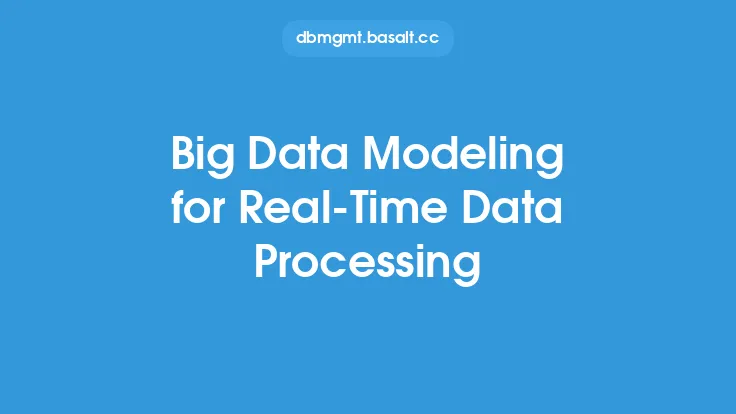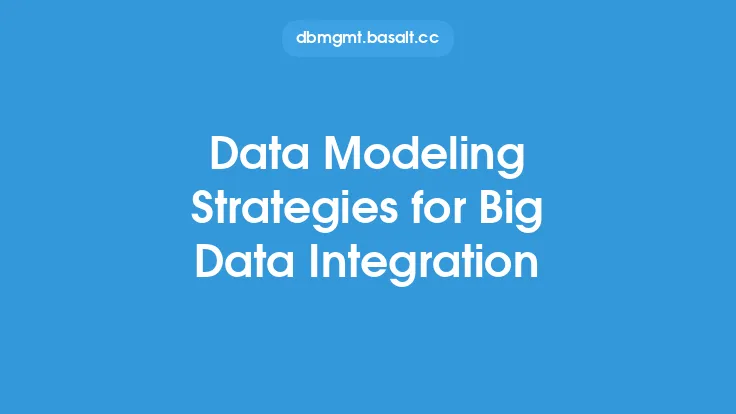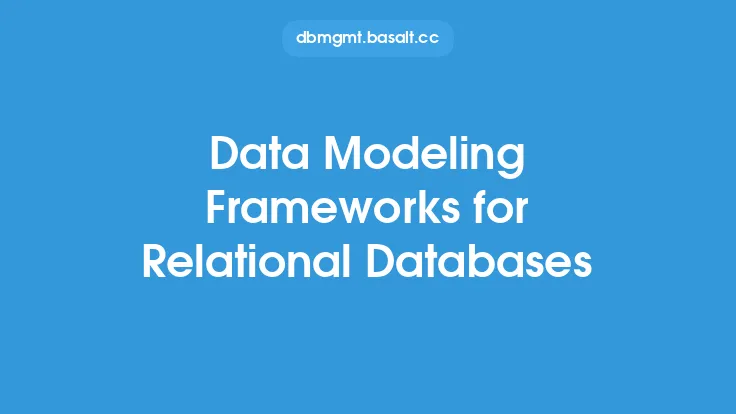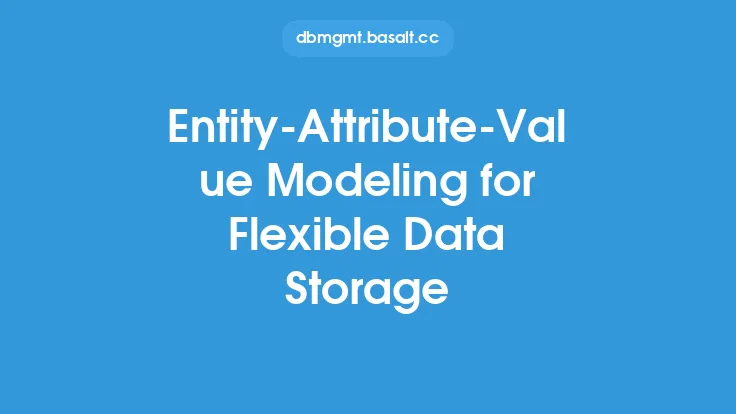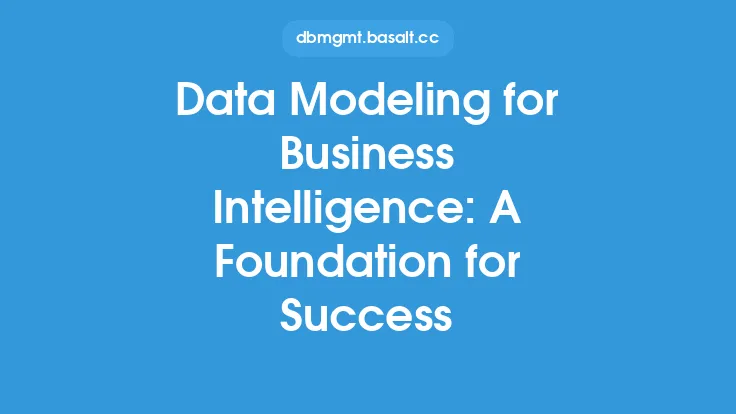Graph data modeling is a crucial aspect of modern application development, particularly in the context of big data, social networks, and complex relationships between data entities. As the amount of data being generated and stored continues to grow exponentially, traditional data modeling techniques are often insufficient to handle the complexity and variability of modern data. Graph data modeling offers a powerful alternative, allowing developers to create flexible, scalable, and efficient data models that can handle complex relationships and querying requirements.
Introduction to Graph Data Modeling
Graph data modeling is based on the concept of graph theory, which represents data as a network of interconnected nodes and edges. In a graph data model, each node represents an entity or a concept, and the edges between nodes represent the relationships between these entities. This approach allows for the creation of complex, hierarchical, and network-like structures that can efficiently store and query large amounts of data. Graph data modeling is particularly useful for applications that involve social networks, recommendation systems, and knowledge graphs, where the relationships between data entities are complex and dynamic.
Key Concepts in Graph Data Modeling
There are several key concepts in graph data modeling that are essential to understanding how graph data models work. These include:
- Nodes: Also known as vertices, nodes represent the entities or concepts in the graph data model. Each node has a unique identifier and a set of properties or attributes that describe the entity.
- Edges: Edges represent the relationships between nodes in the graph data model. Edges can be directed or undirected, and they can have properties or attributes that describe the relationship.
- Properties: Properties are the attributes or characteristics of nodes and edges in the graph data model. Properties can be used to store additional information about the entities and relationships in the graph.
- Labels: Labels are used to categorize nodes and edges in the graph data model. Labels can be used to define the type of node or edge, and they can be used to query the graph.
Graph Data Modeling Techniques
There are several graph data modeling techniques that can be used to create efficient and scalable graph data models. These include:
- Graph normalization: Graph normalization is the process of organizing the data in the graph to minimize data redundancy and improve data integrity. Graph normalization involves identifying the nodes and edges in the graph and organizing them in a way that minimizes data duplication.
- Graph denormalization: Graph denormalization is the process of intentionally duplicating data in the graph to improve query performance. Graph denormalization involves storing redundant data in the graph to reduce the number of queries required to retrieve the data.
- Graph indexing: Graph indexing is the process of creating indexes on the nodes and edges in the graph to improve query performance. Graph indexing involves creating data structures that allow for efficient querying of the graph.
Graph Data Modeling Tools and Technologies
There are several graph data modeling tools and technologies that can be used to create and manage graph data models. These include:
- Graph databases: Graph databases are specialized databases that are designed to store and query graph data. Graph databases include Neo4j, Amazon Neptune, and OrientDB.
- Graph data modeling frameworks: Graph data modeling frameworks are software frameworks that provide a set of tools and APIs for creating and managing graph data models. Graph data modeling frameworks include Apache Giraph, GraphX, and Amazon Neptune's Gremlin API.
- Graph query languages: Graph query languages are programming languages that are used to query graph data. Graph query languages include Cypher, Gremlin, and SPARQL.
Best Practices for Graph Data Modeling
There are several best practices for graph data modeling that can help ensure the creation of efficient and scalable graph data models. These include:
- Start with a clear understanding of the problem domain: Before creating a graph data model, it is essential to have a clear understanding of the problem domain and the requirements of the application.
- Use a consistent naming convention: Using a consistent naming convention for nodes, edges, and properties can help improve the readability and maintainability of the graph data model.
- Use indexing and caching to improve query performance: Indexing and caching can be used to improve query performance and reduce the latency of graph queries.
- Monitor and optimize the graph data model: Monitoring and optimizing the graph data model can help ensure that it continues to meet the requirements of the application and performs efficiently.
Common Use Cases for Graph Data Modeling
Graph data modeling has a wide range of applications in modern software development, including:
- Social networks: Graph data modeling is particularly useful for social networks, where the relationships between users are complex and dynamic.
- Recommendation systems: Graph data modeling can be used to create recommendation systems that take into account the complex relationships between users and products.
- Knowledge graphs: Graph data modeling can be used to create knowledge graphs that represent complex relationships between entities and concepts.
- Network analysis: Graph data modeling can be used to analyze complex networks, such as traffic networks, communication networks, and biological networks.
Conclusion
Graph data modeling is a powerful technique for creating flexible, scalable, and efficient data models that can handle complex relationships and querying requirements. By understanding the key concepts, techniques, and tools of graph data modeling, developers can create graph data models that meet the requirements of modern applications and perform efficiently. Whether it's social networks, recommendation systems, knowledge graphs, or network analysis, graph data modeling has a wide range of applications in modern software development. As the amount of data being generated and stored continues to grow, graph data modeling is likely to become an increasingly important technique for managing and analyzing complex data.
